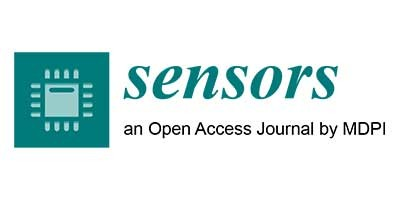W ramach zadania nr 8 w projekcie Regionalne Centrum Doskonałości Automatyki i Robotyki, Informatyki, Elektrotechniki, Elektroniki oraz Telekomunikacji Politechniki Rzeszowskiej przeprowadzono prace naukowo-badawcze, których wyniki zostały opublikowane w czasopiśmie Sensors (IF: 3.576, 100 pkt MNiSW): https://www.mdpi.com/1424-8220/21/21/7005
Krzysztof Czuba, Łukasz Ciura, Iwona Sankowska, Ewa Papis-Polakowska, Agata Jasik, The Role of Noise in Specific Detectivity of InAs/GaSb Superlattice MWIR Bariodes. Sensors 2021, 21(21), 7005; https://doi.org/10.3390/s21217005
Abstrakt:
W tym artykule przedstawiono wyniki charakterystyki elektrycznej, szumowej i optycznej diod p-i-n i p-B-i-n z barierami supersieciowymi AlSb i 4 ML AlSb/8 ML GaSb w warunkach wysokiej temperatury roboczej. Porównano parametry szumu eksperymentalnego i teoretycznego. Zarówno analiza prądu ciemnego, jak i szumu wykazały, że barioda p-Bp_bulk-i-n miała najlepszą wydajność. Fotodiody p-i-n miały najwyższą wartość eksperymentalną wykrywalności właściwej (D*) wynoszącą 6,16 × 109 Jonesa przy 210 K i zerowym odchyleniu. Przy około −1 V odchylenia wstecznego barioda z barierą elektronową AlSb/GaSb dogoniła ją, a oba urządzenia osiągnęły D* = (1–1,1) × 108 Jones. Dalsza optymalizacja bariery elektronowej opartej na supersieci powinna skutkować poprawą wydajności bariodu przy mniejszym odchyleniu, przy którym lepsza wydajność szumu jest bardziej wyraźna. Wykazano, że zaniedbanie składowej szumu o niskiej częstotliwości może prowadzić do znacznego przeszacowania wykrywalności. Zaproponowano prostą metodę uwzględnienia wkładu szumu o niskiej częstotliwości w obliczeniach wykrywalności, bez czasochłonnych pomiarów.







